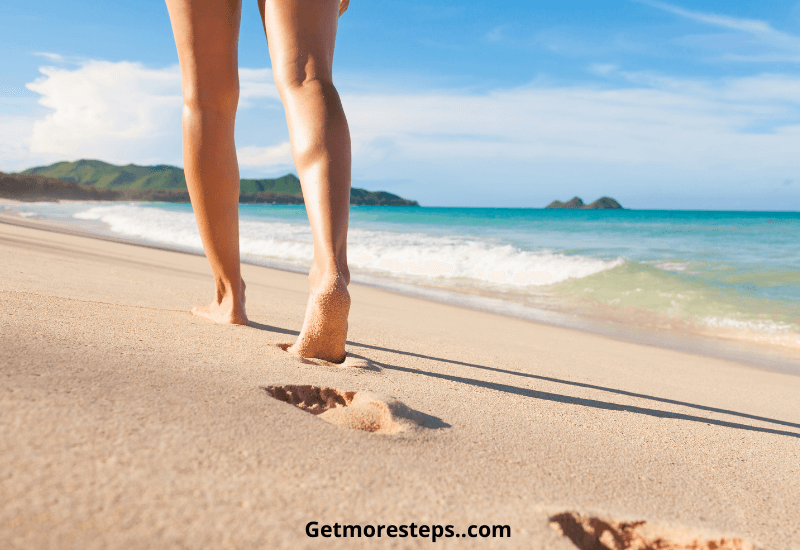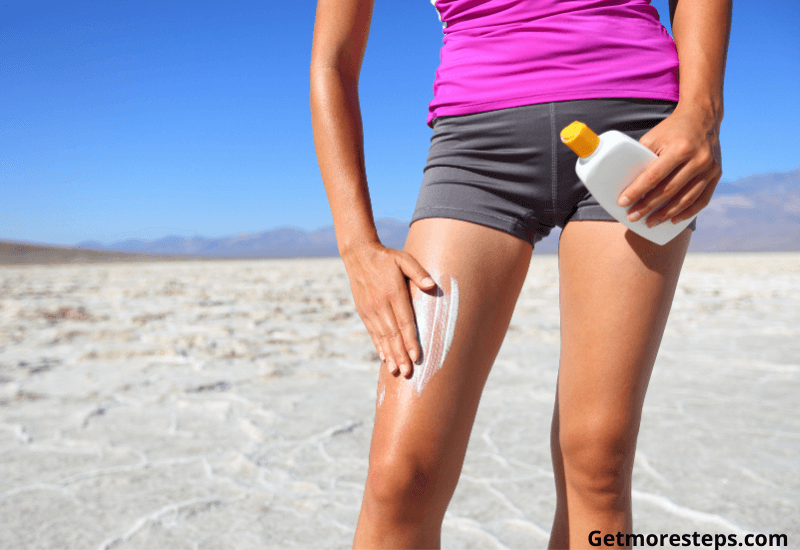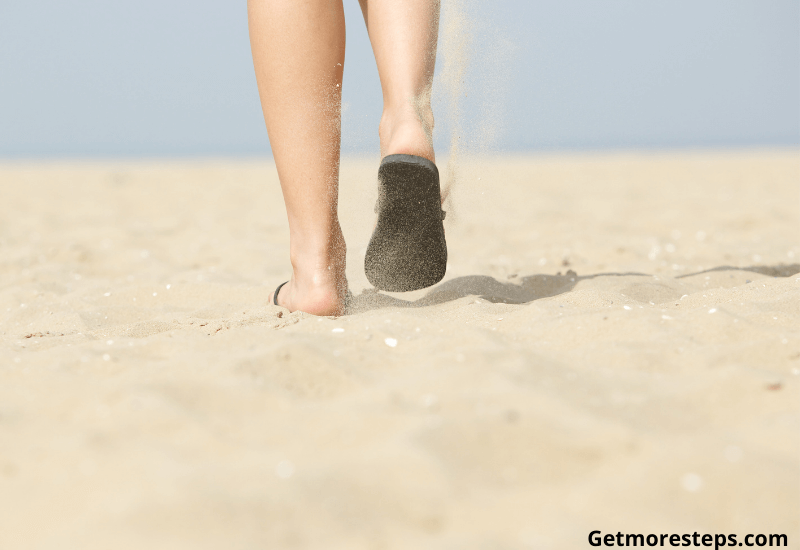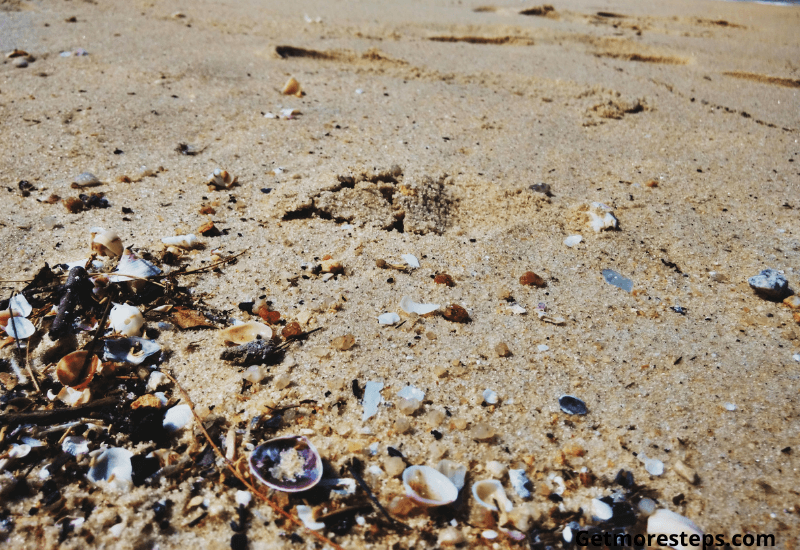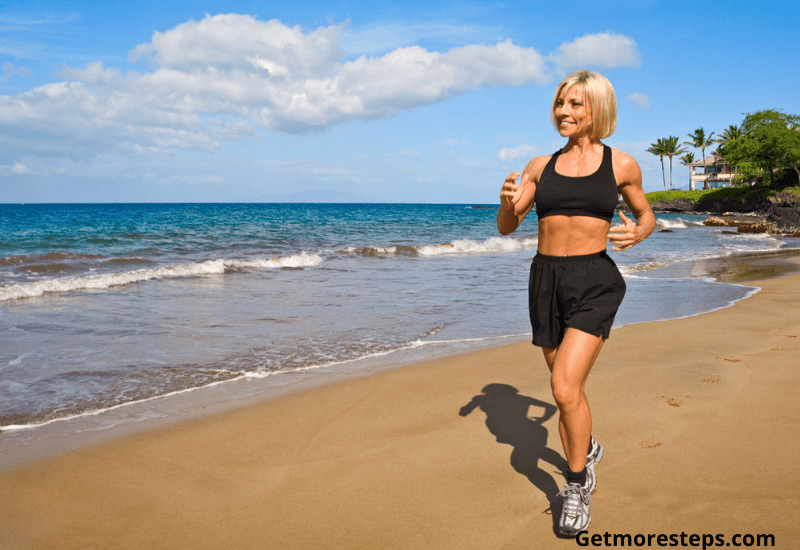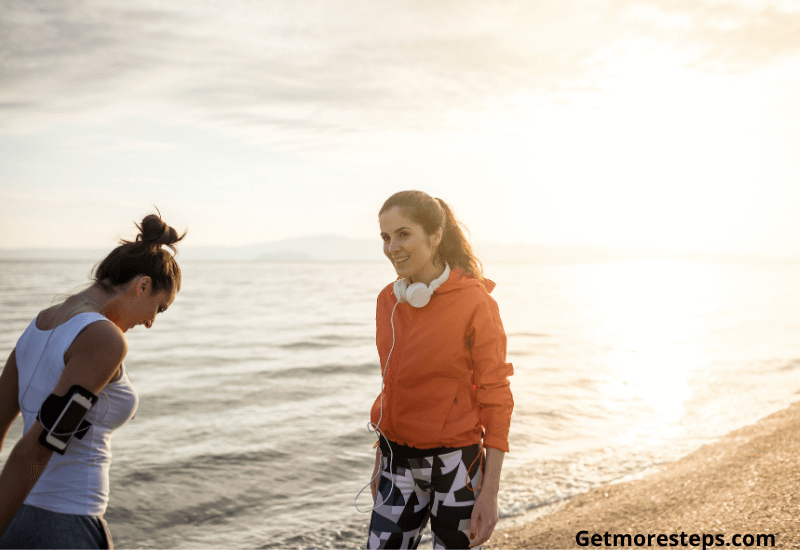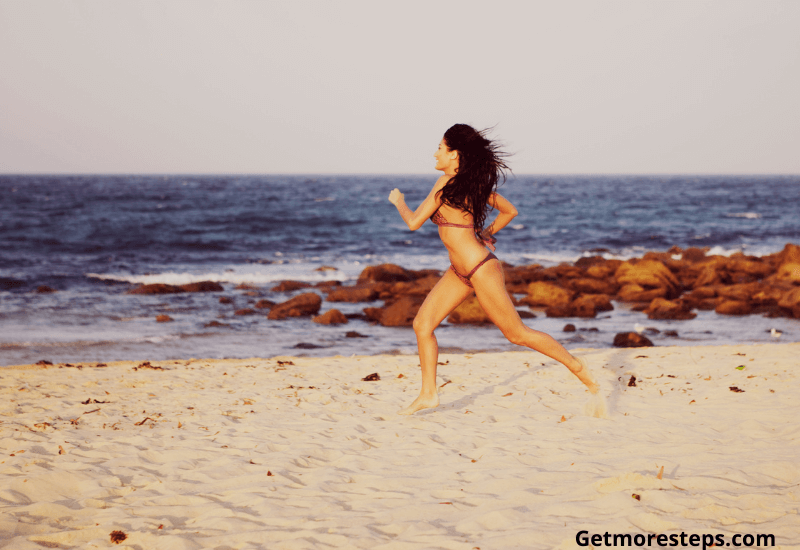Walking on the beach is, without a doubt, relaxing, and it’s also an excellent opportunity to exercise. The smell of the ozone, the sun, the calm sounds of the waves, and children playing around. What could be better than that? Well, it seems all great, but in reality, it’s not always as fun as you may think it is. There are some dangers of walking on the beach too, especially when walking barefoot! So the question is, should you walk barefoot on the beach? The answer is yes, definitely, but you certainly need to take some precautions!
The Dangers of Walking Barefoot on the Beach
Jellyfishes
Jellyfishes are something we don’t usually think about. If you walk during the high season, there are plenty of them on the beach, and believe me, it’s not fun to step on a jellyfish. As jellyfishes are attracted by warm water, they usually appear at the beginning of May and disappear in August/ September. So if you plan on walking barefoot on the beach, consider wearing shoes or choose another period. However, if you step on a jellyfish by accident, put some dry sand on the skin, it reduces pain.
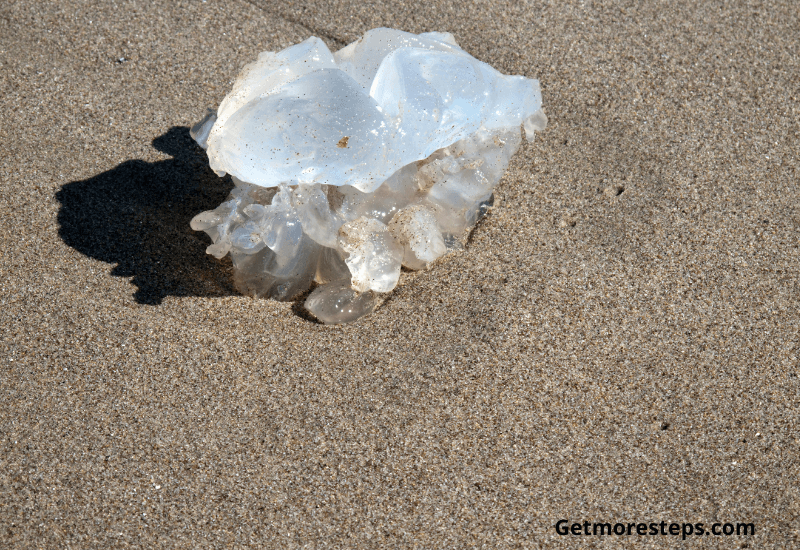
Sun
The sunlight is good for the body, but it also can be dangerous, as we all know today. The UV rays do a lot of damage, not only to your skin but also to your eyes, especially near the water or sand.
So if you walk on the beach, wear a hat that covers your neck and your forehead. Wear polarized sunglasses to protect your eyes as well as a t-shirt with long sleeves, preferably, breathable material such as cotton, jersey, or linen.
You should also apply waterproof sunscreen to protect your skin from burns. Avoid the hot hours of the day. The best time for exercising on the beach is between 7:00 AM to 10:00 AM or after 16:00
Hot Sand
The sand absorbs the heat of the sun all day. The sand is relatively cool in the morning, but by the noontime, it becomes hot and can be very painful to your feet if you walk on it without shoes. The wet sand near the water is pleasant and more comfortable to walk on. So, what you can do is walk from the beach entrance to the wet sand with shoes on. Once you arrive near the water, take your shoes off so you can walk without the fear of burning your feet.
You Get Easily Dehydrated.
The exertion plus wind and sun equal to dehydration. As simple as that! With the effect of the wind, it’s difficult to feel dehydrated. So when you go to the beach, even if you are not thirsty, always drink water to hydrate yourself. Take a backpack and put some bottles of water inside. If it’s too bulky for you, consider wearing a bottle holder. Don’t like water? Put some lemon and mentha in the water. It’s refreshing!
Debris
When walking on the beach, you’ll often see broken seashells, small stones, and even pieces of broken glass bottles. Sometimes you don’t even see them as they are hidden under the sand surfaces. Not to mention that crustaceans burrow into the sand to feed themselves, and these can bite. I don’t want to scare you, but some beaches in tropical and subtropical regions have hookworms in the sand.
These larvae burrow into your skin and then go to the small intestine and lungs. If you want to have a pleasant walk on the beach without worrying about your feet getting hurt or hookworms, wear shoes! But not just any shoe.
Get a lightweight and breathable pair of shoes that dry fast and easy to clean like Crocs, Keen sandals, or mesh shoes. When you get out of the sand, you can rinse your shoes with clear water, and if it’s hot, you can even let them dry on your feet.
Walking Barefoot Can aggravate Foot Problems.
If you have knee pain, arthritis, hips, or back pain, you shouldn’t walk on the beach because it could worsen the conditions. When walking on the beach, your foot sinks into the soft sand, which reduces stability and forces your legs to work harder to move your feet out of the sand. You could avoid this by walking on the wet sand near the edge of the water. The sand there is firmer, yet comfortable to walk on. Just be aware you’ll probably get drenched near the sea, especially if the sea tide is going out. If it doesn’t bother you to get wet, then great! But If you don’t, wear shoes and clothes that dry fast!
You Burn More Fat
Did you know that you burn more energy when you walk on the beach than on regular surfaces? Researches show that a person can burn between 20% to 50% more energy than someone who walks on flat terrains because the muscles work harder to get the foot out of the sand. This is the reason why you use up more energy. If you are not used to walking on soft sand, your muscles will get a bit sore, and it’s normal. If you start to get tired, move to the wet sand near the water.
Reduce Shocks on Your Joints
One of the biggest problems when walking on hard surfaces is the effects of the feet and knees’ impacts. Walking in the sand reduces stress on the joints and so minimize damages. Walking on dry sand requires more effort, though, so if you want my advice, don’t overdo it. Take into account that you need to come back and the sea is so beautiful that time passes quickly. I am telling you this because you might find yourself further than you anticipated and too tired to come back.
It’s Relaxing
The beach makes you forget all your worries and stress. It’s the perfect place to relax! You don’t feel you are exercising on the beach, which makes you want to keep going. You won’t get bored on the beach, especially if a friend or family member accompanies you. While you exercise, not only do you breathe fresh air from the sea, but you also release endorphins, which boost your mood.
Vitamin D Boost
I’ve mentioned earlier that the sun is bad for the skin, but not always. As long as you don’t abuse it like anything else in life, it’s good for your health! The sun provides the best vitamin D source, and to get the right dose, you need a minimum of 15 minutes per day in the sunlight. Your face’s skin is thinner than the other parts of your body, so when you soak up the sun, wear a hat. t-shirt with long sleeves, and sunglasses. And don’t forget to apply sunscreen.
Strength Training
The dryer the sand, the harder you’ll work, and the more you’ll burn energy. Not only do you burn fat, but you also strengthen your muscles, in particular, your quadriceps, glutes, and calves. You get fitter in a shorter time and the surroundings are more pleasant than in town. As long as you walk at a proper pace, and take your precautions, then your walking on the beach will be fun and more effortless.
Should You Walk Barefoot?
It depends if you plan to do brisk walking, then wearing shoes will be safer for your feet as they will protect them from hazards. But if it’s just for strolling and enjoying the beach, you can go barefoot and walk at the edge of the water, but only if you don’t suffer from back, knees or hips pain.
Tips
- Always apply sunscreen on your skin
- Wear polarized sunglasses to protect your eyes
- Wear a hat and long sleeve t-shirt
- Bring bottles of water and drink!
- Wear lightweight and breathable shoes(easy to dry)
- There are plenty of mosquitos at the sunset and sunrise, so bring a mosquito repellent.
Conclusion
If you are on vacation and just want to enjoy the beach, don’t hesitate to walk barefoot as long as you don’t suffer from the conditions I stated previously. It’s good for your morale; it makes you burn energy and relaxes you. These are good reasons for you to enjoy the beach and if you have children, bring them too!
Do you walk barefoot on the beach? If so, what is your experience?

I don’t know about you, but I love my feet because they allow me to walk and go wherever I want to go. Without them, I would be lost! So I always spoil them with a good pair of walking shoes to make sure they are as comfortable as possible. If you take care of your feet, they will take care of you and your health. Well, fitted shoes will protect them and allow you to get more steps without pain!
Read more about me
